
If you live with ADHD, chances are shame has shown up for you... often. When you think of making changes, you might not consider how shame can block growth, but I see it every day in my practice (as well as in my own life)!
Clients rarely come to a session and say, “I want to work on shame.” They want help with planning, time management, organization, emotional regulation, relationships, or communication. But shame can be deeply relevant to all of these.

Why Shame Stops Us from Solving Problems
Why? Shame blocks problem solving.
Curiosity and openness are essential if want to create solutions. Shame is the opposite and therefore has the opposite impact.
Instead of saying, “Let me look at this, learn more, dig in,” shame triggers hiding, withdrawal, or defensiveness.
When we believe we're the problem, we stop looking for solutions because the only answer is to “be better and try harder”.

For people with ADHD, that’s especially dangerous.
"Trying harder" won't offer real, lasting solutions and will likely result in frustration and burn out. Coaching (and working with your brain in general) is about looking at where you are, figuring out what’s getting in the way, strategizing, and personalizing your approach.
Shame interrupts that process by flooding us with inner labels like “lazy,” , “flaky,” “disappointing.” Those stories become loud, judgmental narratives we tell ourselves and they immobilize us.

Real Life Example
Here’s a simple example: you told yourself you’d check your calendar every morning this week. But midweek, you haven’t. Shame is the harsh judge. It whispers: “See, here we go again. You always fail at this.”
Shame also says “ignore, hide, pretend it didn’t happen.” It doesn’t ask, “What got in your way? What actually happened? What would help next time?”
But the opposite stance — curiosity — invites exploration.
Instead of “Why did I fail?” (which sparks defensiveness and shut down), you ask, “How did it not happen? What did that look like? Where was the friction? What got in the way?”
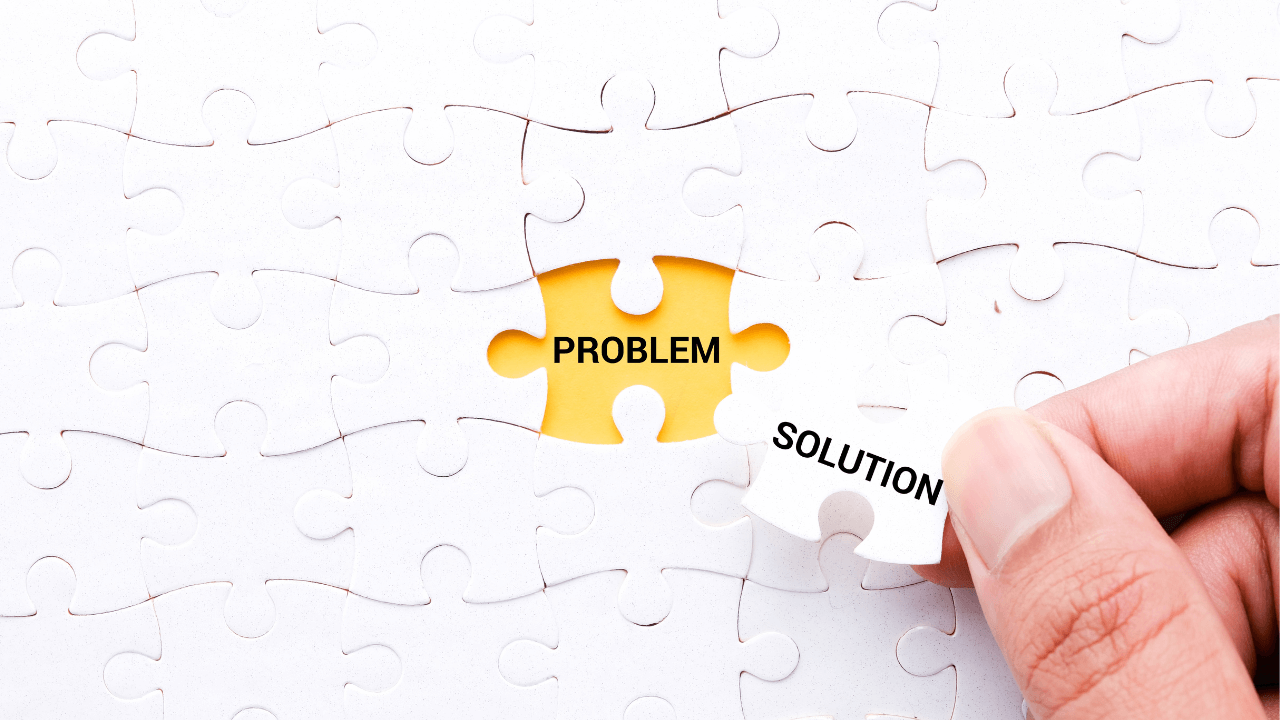
That Leads to Real Solutions
Maybe you:
- Forgot you were going to check it
- Got overwhelmed when you looked at all of the planner options
- Weren't clear about what to put in the planner
- Didn't have a clear time planned for checking itEach of these has its own possible solution. But the shame narrative skips all of this curious problem solving and goes straight to “I’m broken.” That leaves us stuck and discouraged.
A Better Path: Curiosity, Compassion, and Connection
So how do you shift away from shame and toward growth? Here are some practices to try:
1. Prioritize Self‑Compassion
Treat compassion like a muscle to build. It’s okay if it’s hard- most people aren’t good at this. It took me a long time to build this muscle, but it's probably one of the most significant steps I've made in supporting my brain. You deserve patience, kindness, and real solutions.
Treat compassion like a muscle to build. It’s okay if it’s hard- most people aren’t good at this. It took me a long time to build this muscle, but it's probably one of the most significant steps I've made in supporting my brain. You deserve patience, kindness, and real solutions.
2. Get Support & Connection
Shame thrives in isolation. Share with people who “get it” (a friend, coach, therapist, ADHD community). When you say out loud, “I messed up,” and someone responds, “Me too,” it breaks the secrecy and softens the shame.
Shame thrives in isolation. Share with people who “get it” (a friend, coach, therapist, ADHD community). When you say out loud, “I messed up,” and someone responds, “Me too,” it breaks the secrecy and softens the shame.
3. Stay Curious and Stop Assuming !
The next time you notice shame creeping in, pause. Don’t assume you know all the story. Shift into detective mode, not judge mode. Ask yourself what’s happening — what part of the environment, the task, or your internal experience blocked you. What small experiment could you try next?
Shame happens, but by leaning into compassion, curiosity, and supportive relationships, you can reduce the impact and open the door to more consistent action, growth, and confidence.
The next time you notice shame creeping in, pause. Don’t assume you know all the story. Shift into detective mode, not judge mode. Ask yourself what’s happening — what part of the environment, the task, or your internal experience blocked you. What small experiment could you try next?
Shame happens, but by leaning into compassion, curiosity, and supportive relationships, you can reduce the impact and open the door to more consistent action, growth, and confidence.
Need more support for ADHD?
Need more support ?
I can help.
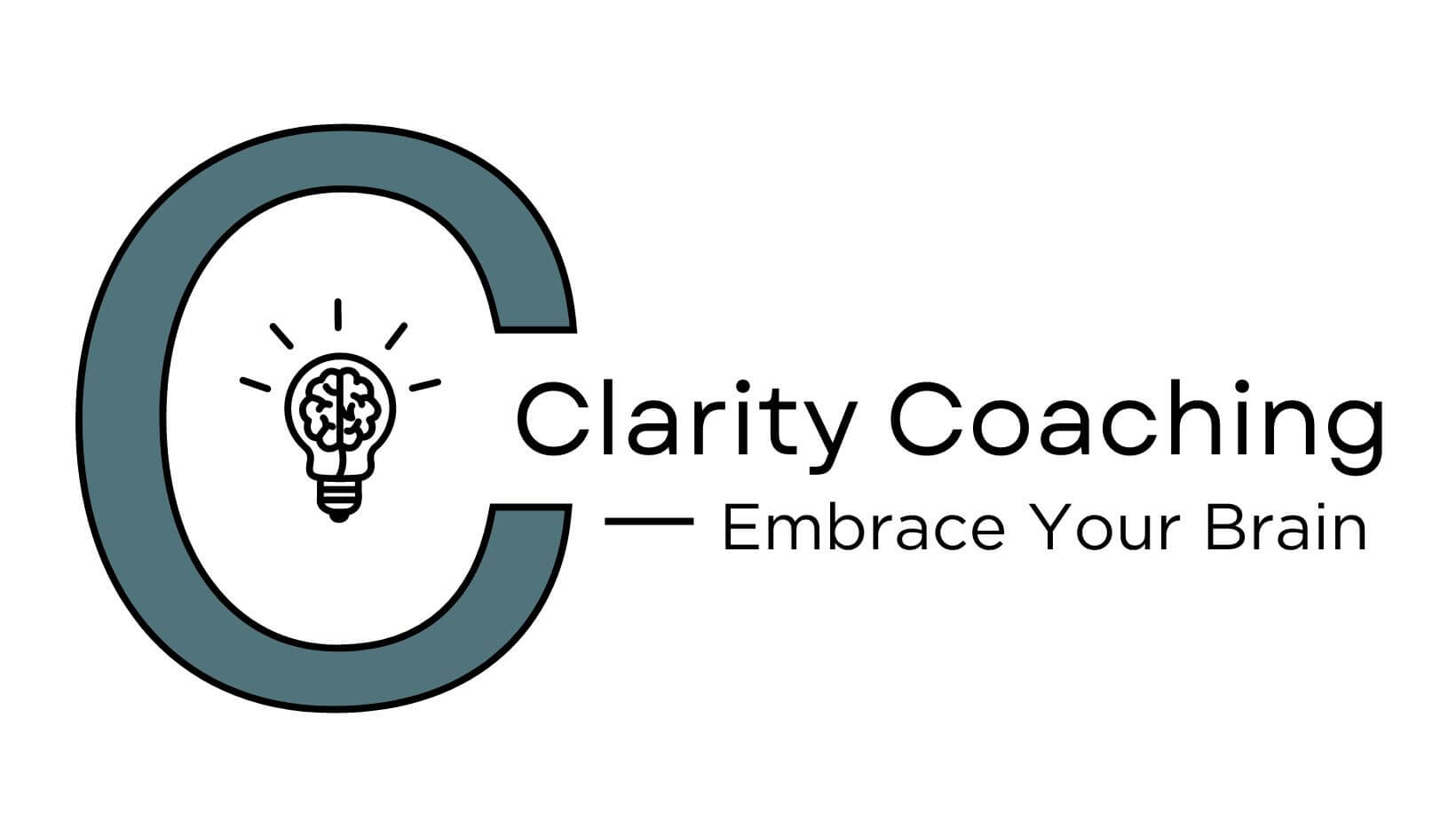




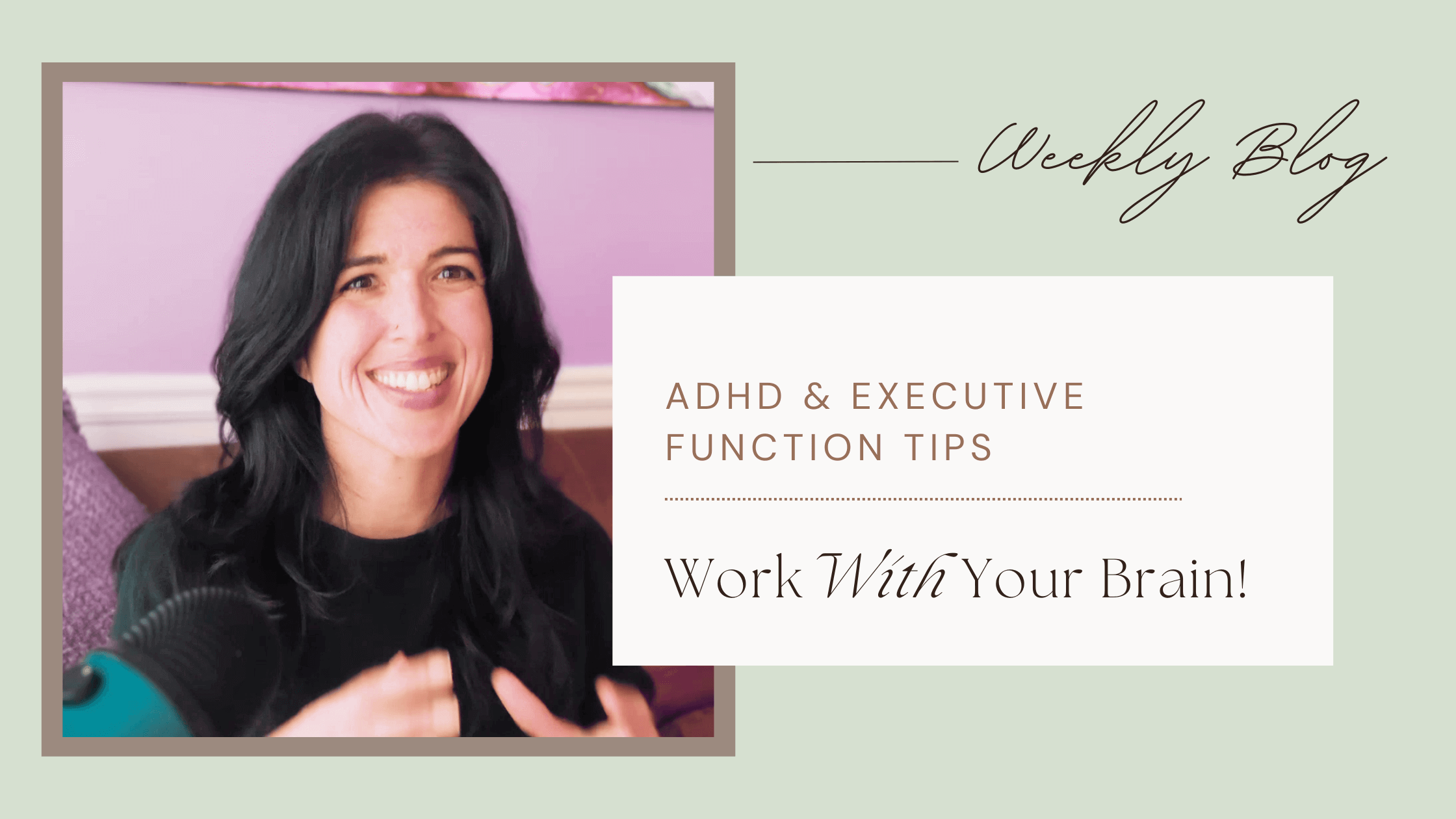

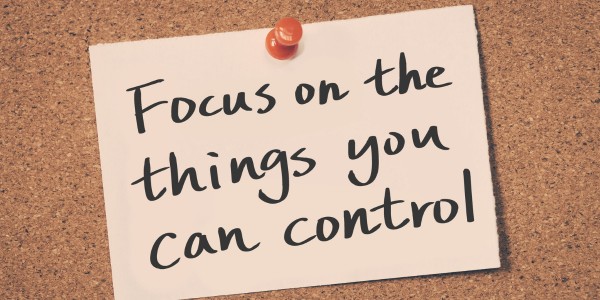






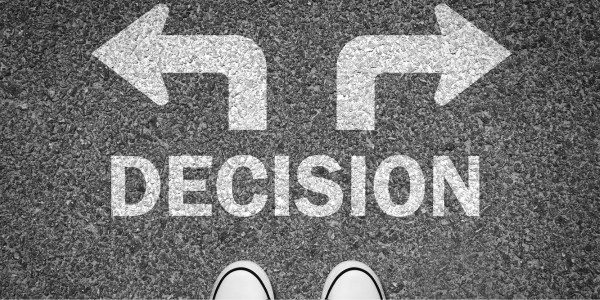





0 Comments